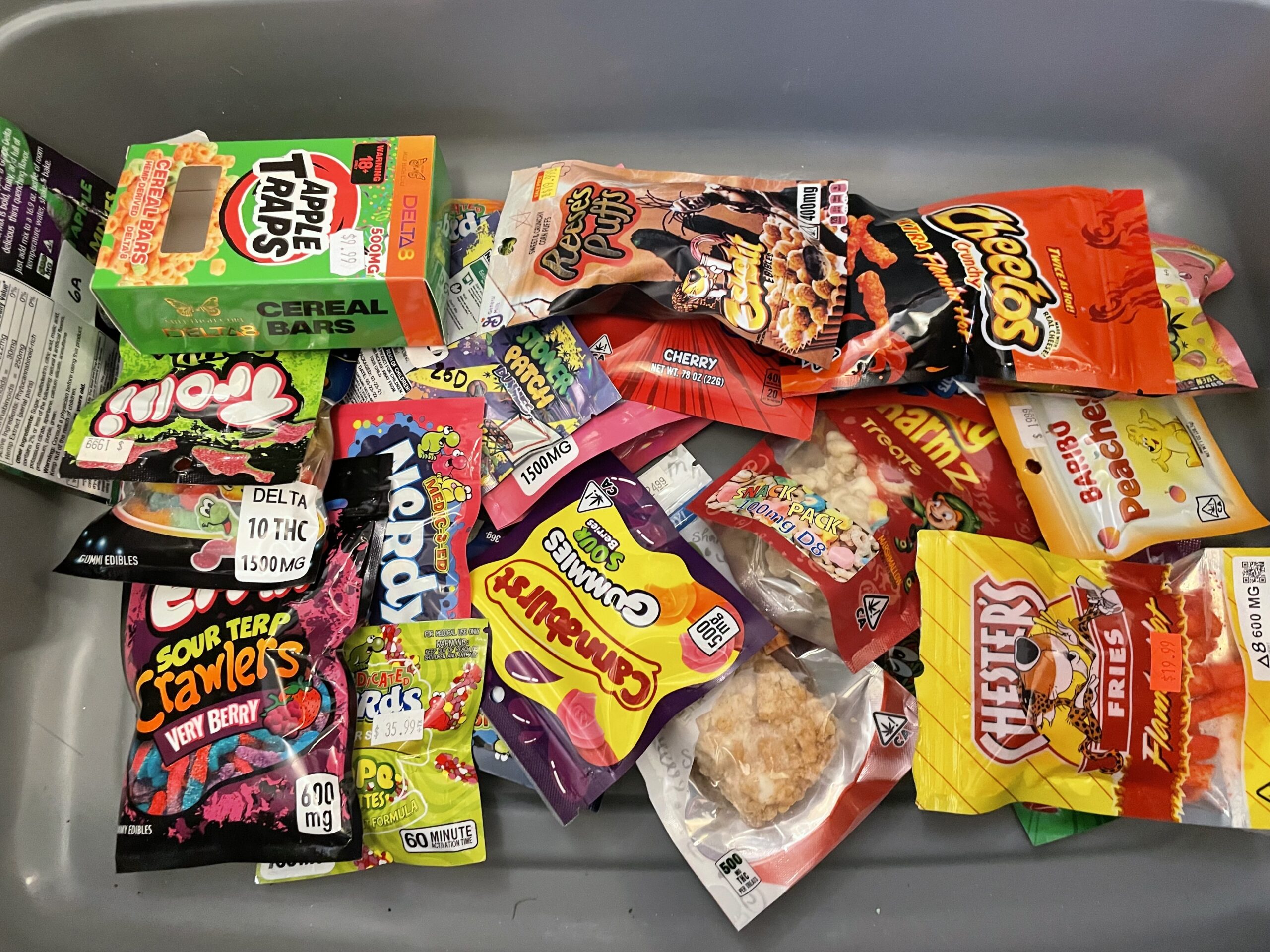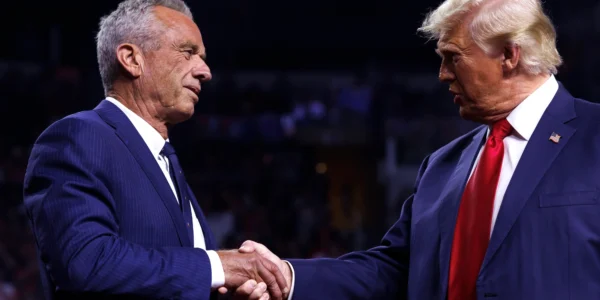LISTEN TO THIS ARTICLE:
Accidental ingestion of marijuana-containing edibles by children has become increasingly more common over the past few decades. Emergency department visits and calls to poison control are on the rise as more and more states legalize marijuana. Researchers in Colorado reported a sharp increase in hospital admissions due to marijuana toxicity. The children ranged in age from 8 months to 12 years. Colorado legalized medical marijuana in 2000 and recreational use in 2012. By 2014, marijuana was available for commercial use in the form of edibles. Edibles are products containing marijuana that you eat or drink, and they can be dangerous to children who don’t know what they’re eating. They are often sweet and savory foods like brownies, cookies, gummies, or even potato chips. This makes them appealing to children, which can be very dangerous. Consuming edibles can have toxic and potentially life-threatening effects.
Edibles are products containing marijuana that you eat or drink, and they can be dangerous to children who don’t know what they’re eating.
A controversial debate
Whether or not marijuana (also referred to as “cannabis”) should be legalized has been widely debated. Proponents of legalizing marijuana have raised concerns that enforcing penalties contributes to social inequity. Historically, drug-related offenses for possession and use of cannabis has more significantly impacted those from disadvantaged populations. In 2009, the US federal government passed the Ogden Act, which stated it would no longer prosecute cannabis users or suppliers. Although the federal government has not officially legalized marijuana, it has decriminalized it. This means that they have taken a “look the other way” approach and have decided not to punish individuals for possessing small amounts of marijuana.
Regulations regarding the use of cannabis have been left to individual states to decide. As of April 23, 2023, 38 states and Washington, DC have legalized the use of medical marijuana while 22 states allow recreational use of cannabis. Patients may use medical marijuana to help alleviate symptoms of cancer, AIDS, severe pain, nausea, and seizure disorders. Cannabis products are freely available in several states or even online for personal use.

Marijuana in edibles
The active ingredient in marijuana that produces its effects on the mind is called tetrahydrocannabinol (THC). THC connects to specific sites on nerve cells in parts of the brain that influence memory, pleasure, thought, concentration, and movement. The amount of THC in edibles varies. Its strength has increased significantly over the past several years. Many edibles contain levels of THC that are toxic to children. Even a small bag of what may appear to be Doritos chips to your child due to similar packaging can contain 600 milligrams of THC. This dose is toxic to both children and adults if they consume the entire bag.
Signs and symptoms of THC toxicity
Signs and symptoms of THC toxicity in children include dizziness, trouble walking, a fast heart rate, anxiety, agitation, confusion, drowsiness, and vomiting. Severe symptoms will present with a very slow heart rate, low blood pressure, slurred speech, and difficulty breathing. Ingestion of THC may even potentially cause hallucinations. Recent research suggests that children under the age of ten may be more likely to have severe symptoms and require admission to a hospital than older children. The signs of toxicity may continue for hours. Some children may need to be admitted to an Intensive Care Unit for continual assessment and breathing support.
Recent research suggests that children under the age of ten may be more likely to have severe symptoms and require admission to a hospital than older children.
Keeping children safe
Preventing unintentional ingestion of edibles by your children is important. Here are some steps that parents should take in order to keep children safe.
1. Keep edibles locked up
Like prescription medications, keep all THC-containing products locked away in a cabinet and out of the reach of children.
2. Avoid eating edibles in front of children
Children are naturally curious, especially when it comes to food that they see a trusted adult eat. They learn to imitate behaviors from a very young age. It is best to avoid eating edibles in front of children.
3. Choose edible products based on the package
Edibles are purposely designed to come in packages that look like treats. They can look very similar to some of children’s favorites like Doritos, Cheetos, or Nerds. Choose edibles that come in less colorful or flashy packaging. Even better, take them out of the original packaging and put them in a child-proof container before storing in a locked cupboard.
4. Know what to do in an emergency
If you suspect that your child has consumed a marijuana-containing edible, call Poison Control right away even if symptoms are not present. Signs of toxicity may not occur right after ingestion. Peak effect is typically 30 minutes to 3 hours after depending on the amount consumed. The response can even be delayed as long as 8 hours due to differences in weight, gender, and metabolism. Moreover, the edible form of THC does not digest as fast as when it is inhaled. You can either use the webPOISONCONTROL online tool or call Poison Control at 1-800-222-1222. All of the information you share stays confidential. The service is free and available 24 hours a day.
Holding sellers accountable
Insufficient regulations around cannabis edible packaging and labeling is one reason emergency visits are increasing. One study analyzed 256 edible packages. Almost 1 in 4 contained characteristics that attract children such as bright colors, bold text, and cartoon characters. Even more alarmingly, 15% of the packages were look-alikes of popular brand-name products. This might make you question why there are not stricter rules about packaging. It’s important to remember that the sale and possession of cannabis is still illegal at the federal level. Because of this, there are no federal regulations regarding rules about cannabis edible packaging and labeling.
While some states do have policies, they vary greatly from one another. Even those that do have packaging laws, enforcement of these rules is limited. A 2017 study that assessed 20 edible packages purchased in California found that none met all of the state’s requirements for packaging and labeling. All states that have legalized the sale of edibles should create and enforce policies that require child-resistant labels and packaging. The rise in accidental ingestion of edibles by children is a serious issue that requires caregiver responsibility, medical provider awareness, and state-wide intervention.

 Learn
Learn Read Stories
Read Stories Get News
Get News Find Help
Find Help
 Share
Share
 Share
Share
 Share
Share
 Share
Share



